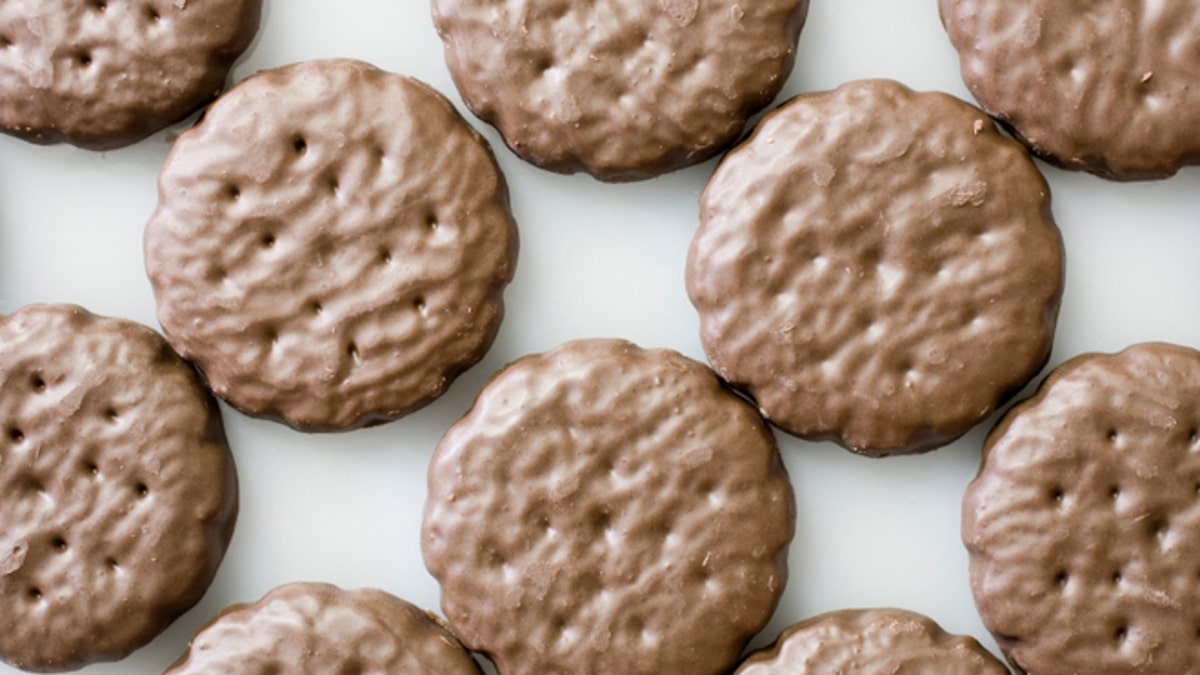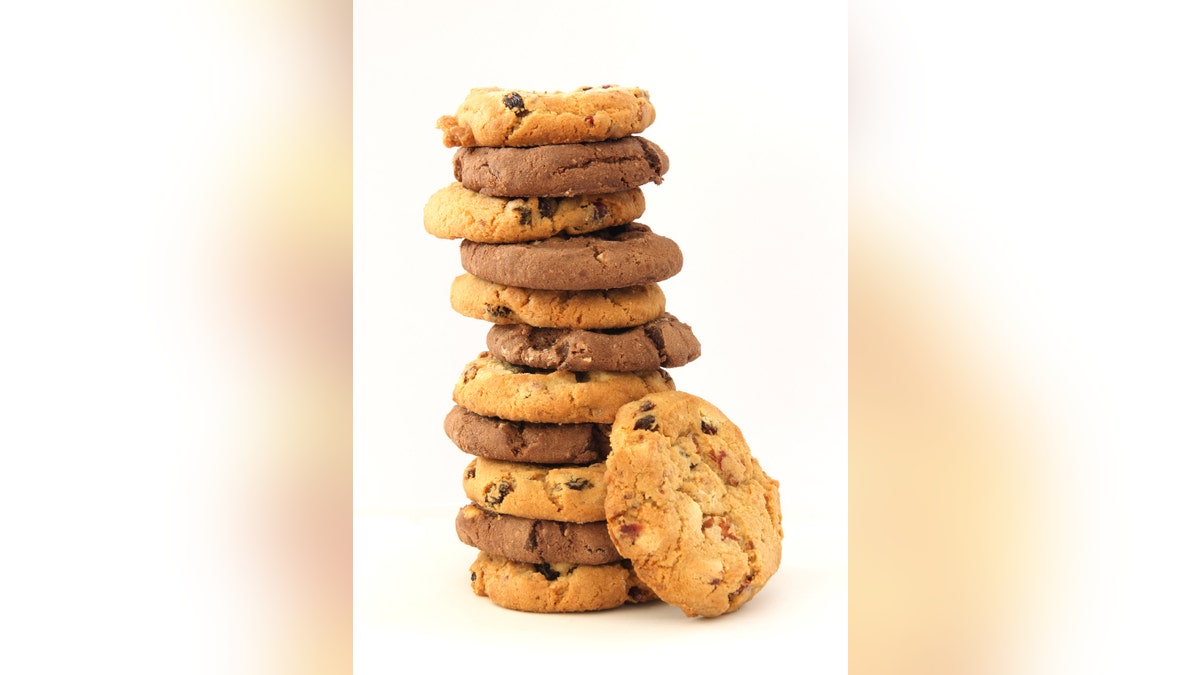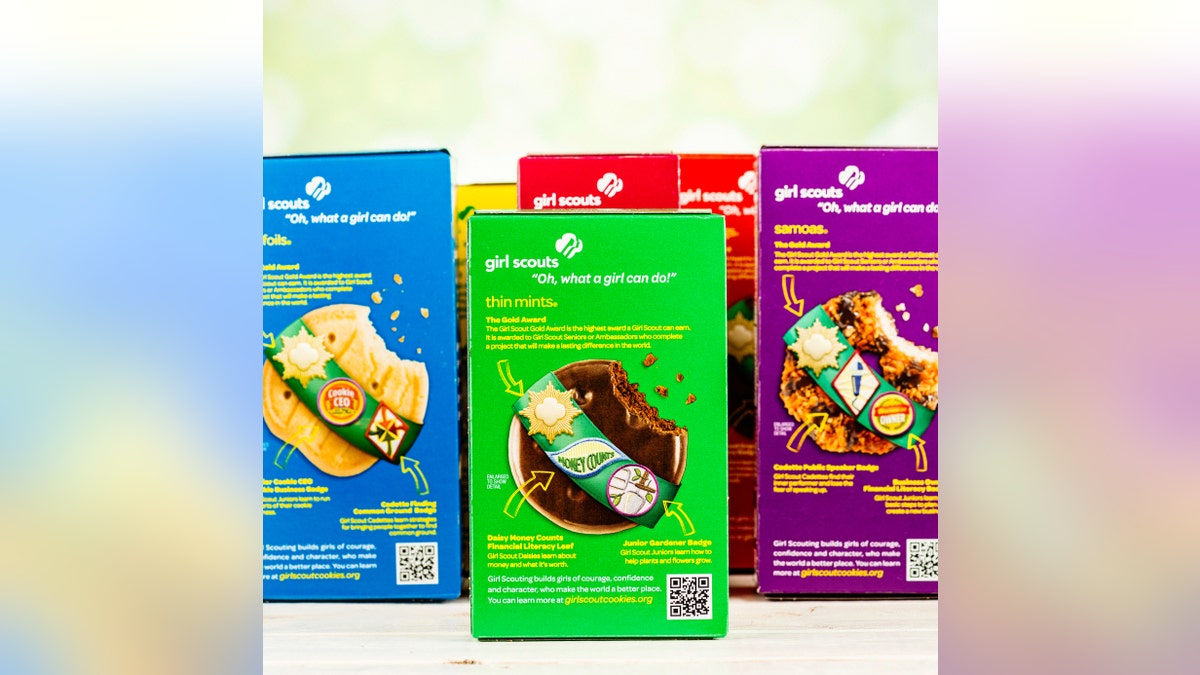Every year when Girl Scout cookie season rolls around, thousands of troops take to the streets with a very noble mission: to sell as many boxes of cookies as humanly possible.
Girl Scout cookies are win-win: Girl Scout troops get to keep the proceeds as a much-needed source of revenue, and everybody else gets cookies. But even if you’ve never missed an opportunity to stock up on Thin Mints, we bet that there are some things you didn’t know about these popular cookies.
Girl Scout cookies trace their roots all the way back to 1917, when an Oklahoma troop sold cookies as a fundraiser at their local high school. Five years later, scout magazine This American Girl published some cookie recipes for troops who wanted to fundraise, and in the 1930s the first official sales were held in major cities, and bakeries were licensed to produce cookies.
Today, Girl Scout cookies are produced by two bakeries: ABC Bakers (a subsidiary of Interbake Foods, which is owned by George Weston Limited) and Little Brownie Bakers (a subsidiary of Keebler, which is owned by Kellogg’s). Even though there are some major differences between the cookies they produce (more on that later), the “core five” cookies are the same (albeit with different names, occasionally): Thin Mints, Trefoils or Shortbread, Samoas or Caramel deLites, Tagalongs or Peanut Butter Patties, and Do-si-dos or Peanut Butter Sandwiches. If your cookies are called Samoas, Tagalongs, Trefoils, and Do-si-dos, they’re produced by Little Brownie; If they’re called Shortbread, Caramel deLites, Peanut Butter Patties, and Peanut Butter Sandwiches, they’re produced by ABC. The only cookie name shared by both companies is Thin Mints.
Once the cost of the cookies is repaid to the bakery, all of the net revenue raised through Girl Scout Cookie sales stays with the local councils and troops. They’re allowed to set their own goals on how the money is spent, from financing outings to events and museums to buying materials for community projects and maintaining camps and properties. So whether you call them Samoas or Caramel deLites, it’s hard to argue that buying Girl Scout cookies doesn’t support a good cause
1. Girl Scouts Sold Calendars During WWII Because of Rationing

(iStock)
Everyone did their part to support the war effort during World War II, including the Girl Scouts. They weren’t able to sell as many cookies as usual during the war, so they sold calendars as well, and also collected cans of fat to donate and sold War Bonds at no profit.
2. Thin Mints Are the Top Seller

(iStock)
About 25 percent of all Girl Scout cookies sold are Thin Mints. Samoas/Caramel deLites are in second place with 19 percent of sales.
3. Gluten-Free, Vegan Girl Scout Cookies Are Now Available

(Little Brownie Bakers)
Both Little Brownie’s Toffee-Tastic and ABC’s Trios are now gluten-free. Little Brownie’s Thin Mints and ABC’s Lemonades, Thanks-A-Lots, Thin Mints, and Peanut Butter Patties are vegan.
4. There Are Dozens of Discontinued Varieties

Stack of several chocolate and hazelnut cookies with chocolate chips and cranberies (iStock)
Remember All Abouts? How about Cinna-Spins, Olé Olés, Savannahs, Snaps, or Van’chos? These are just some of the more than 40 Girl Scout cookie varieties that have come and gone throughout the years
5. There’s a Mobile Cookie-Locator App

(iStock)
Looking for the nearest Girl Scout cookie seller? There’s an app for that. Once you find the nearest seller, you can send her your email address, and she’ll send you a link to her cookie selling site, where you can see what her troop plans to do with the money and place your cookie order online. Introduced last year as part of their national Digital Cookie platform, it’s the biggest new initiative in the entire history of Girl Scout cookies.
More fun facts about Girl Scout cookies.
More from The Daily Meal
9 Things You Didn’t Know About Red Lobster
9 Things You Didn’t Know About Julia Child
